
How does marketing influence car design?
Car Design News investigates how departments beyond the studio influence the final design of a vehicle. This time, it is not engineering, but marketing and product planning under the microscope
It is often said that car design begins with a sketch, but that doesn’t quite paint the full picture. Alongside the activity going on in the studio, other departments are also hard at work researching what consumers want, where trends are headed and – importantly – what is feasible to build. Whether designers choose to take that insight on board is another matter.
“After a while, you kind of get comfortable with the fact that it’s not a great situation between design and marketing when it comes to the initial idea,” admits Pontus Fontaeus, design director at GAC Advanced Los Angeles. While he is quick to note that the dynamic is pretty good at GAC, it’s his past experiences at other automakers that has shaped this sentiment towards marketing.

He recalls having to work with external agencies where the story behind the car was shaped by advertisers and branding executives who – having been parachuted in to “stir the pot” – did not have the right understanding of what the brand was about. It’s easy to see how this dynamic may not be the most congenial.
It is not like designers are blind to the trends going on around them. Much of their time is spent forecasting and their finger is generally on the pulse of the market. Designers are also, generally speaking, quite protective of their ideas and today expect a degree of autonomy. We have all heard how designers and engineers tend to butt heads – although this is changing – and on the surface there appears to be a similar case with marketing. Some even describe the dynamic as a forced marriage.
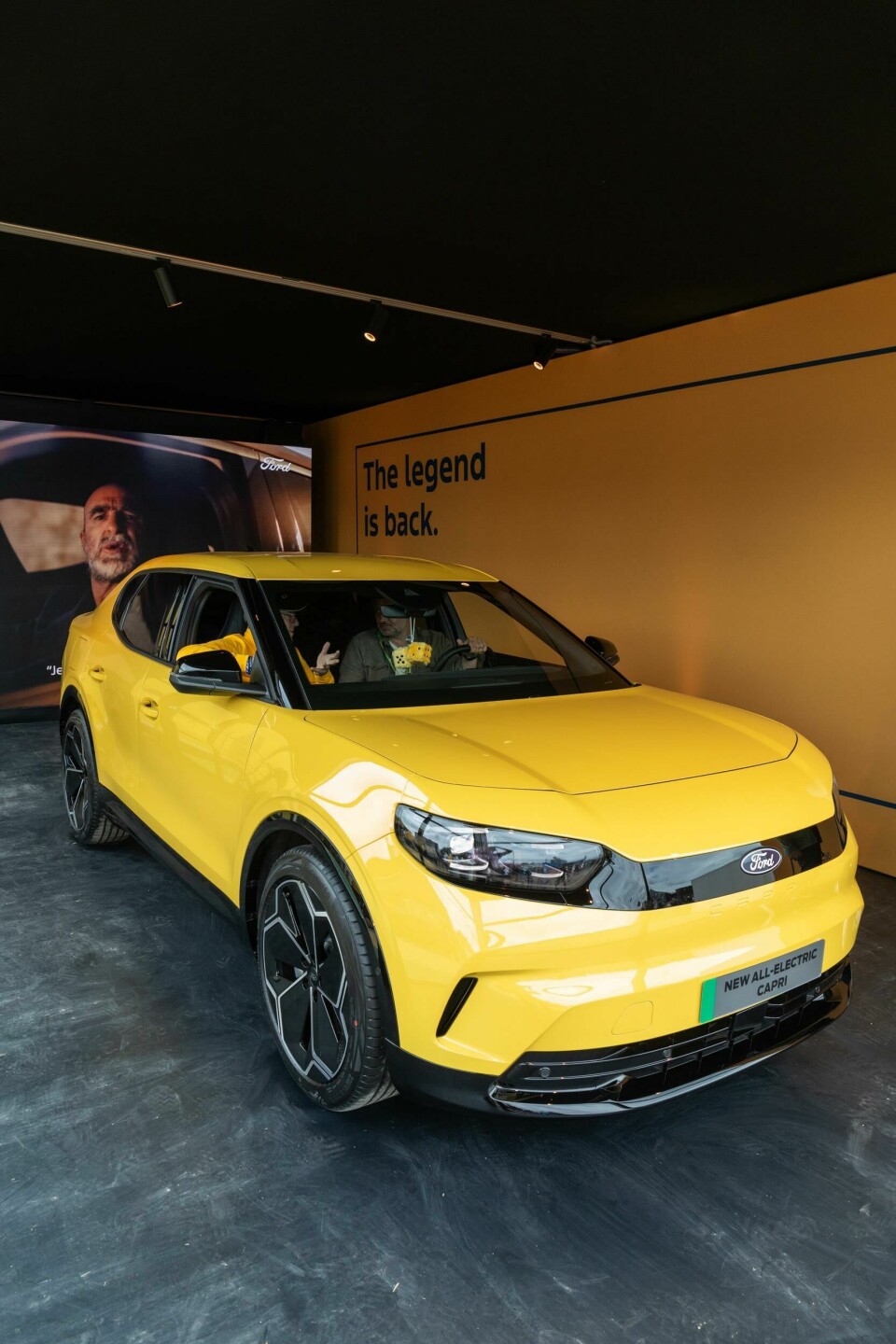
“Young designers often resent marketing input and see it as irrelevant to their daily job,” says Nick Hull, long-running head of the Coventry Transportation Design course and an ex designer himself.
Indeed, speak to enough designers and you get the sense that departments beyond design are considered a little overeager at best, and overbearing at worst.
The reality is that, for all the talk of teamwork and collaboration, many designers simply see marketing as a burden. But the input of product development, sales and marketing teams should not be swatted aside so easily.
“As designers get more experienced they see the need to become more rounded in their thinking,” Hull explains. “It’s important for designers to have a sound understanding of the various markets, regional differences and the reasons why best-selling models are successful. It might have nothing to do with design – it could be pricing, the big dealer network, or a TV advert – but you should have a sound understanding of it.”
“Comprehensive market research to deeply understand target customers is crucial,” agrees BMW head of design Domagoj Dukec, “enabling designers to leverage their creativity and empathy to develop tailored ’must-have’ offerings for distinct customer segments.” Robin Page, design boss at Bentley, is of a similar opinion, saying “the influence from marketing is not overwhelming, but constructive.”
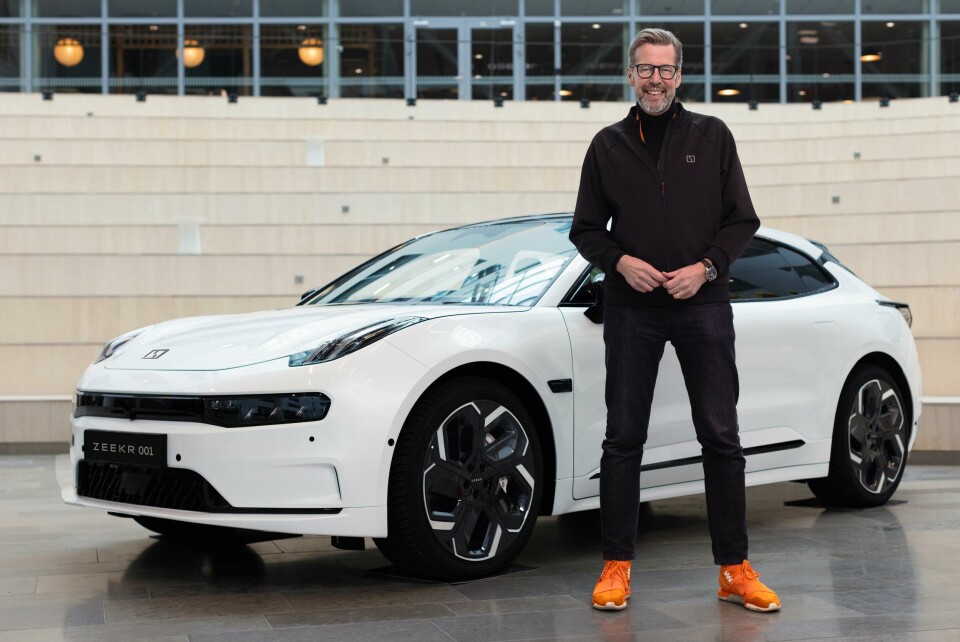
“Marketing is a necessary presence, not an overbearing influence,” says Geely design boss Stefan Sielaff. “At Zeekr, marketing insights guide us in creating cars that meet customer desires while reinforcing our brand identity. We shouldn’t forget though, that design looks years ahead and can’t just rely on today’s preferences and trends.” Again, it is about a collaboration between everyone involved, not gatekeeping findings or rolling eyes at the input of others.
All going to (product) plan
In contrast to the agency dynamic outlined at the start of this feature, the product planning department is a very different kettle of fish, not so much marketing the product after the fact but front-loading research early on. Comprised of experienced engineers, marketeers and perhaps even some ex designers, too, the view is more mid-term – not as shortsighted as an external agency, but not so future-looking that research is difficult to implement.
It might not be input from marketing that’s required, but input from the market
“Their remit is to plan ahead, to decide the future model line-up, the engines and platforms, what plants to manufacture in, what technologies to pursue or to avoid,” explains Hull. “They present a range of scenarios for board members to decide upon, and specific projects need a comprehensive outline of the costs, timing and basic package drawing so that design and engineering teams can begin when given the go-ahead. Only then can design work commence.”
That’s the official line, at least, but in practice, “things are a little messier,” Hull says. There are always multiple projects on the go, timelines are fluid, some things are delayed while others accelerated. Perhaps a project is shifted from one studio to another in a different region, bringing new teams into the mix. “That’s healthy normality and designers soon learn to live with that, not becoming precious about ‘their’ project,” Hull continues, “so it might not be input from marketing that’s required, but input from the market.”
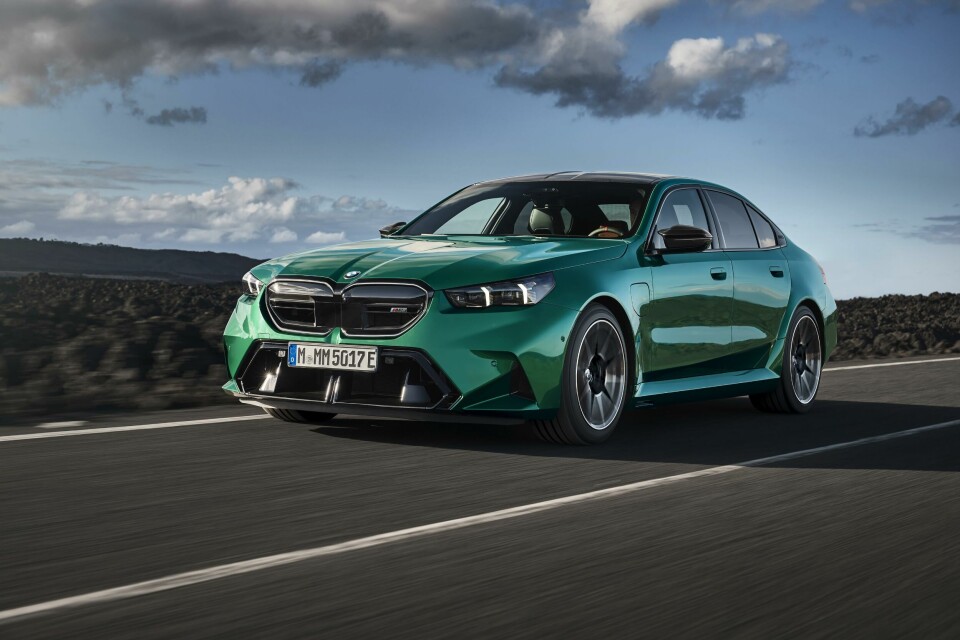
The car itself is the product of a narrative that guides the design team to address a particular section of the market. If the company is small, that story may have come straight from a designer. More likely, it will be an amalgamation of design, branding, product development, sales and marketing, plus engineering, perceived quality and the myriad other departments.
To deliver a cohesive brand story, it takes a willingness to embrace strong leadership and – at the very least – digest the insight that has been gathered across the organisation. And this goes both ways. Designers are now more multi-facted than ever and in many cases wear multiple hats. In which case, it is the duty of the departments beyond design to absorb information coming out of the studio. Designers should be respected for their knowledge and ability to storytell, not just their artistic creativity.
There is such thing as healthy competition, of course, and hashing it out can be just as effective as a cordial debate. Opening up the discourse is the important thing. Feeding in data can also be helpful: it might confirm a suspicion or, conversely, prevent the team from misallocating resources. It might provide useful context with an eye to long-term design development and future vehicle generations. It might be deemed of no use at all. The important thing is that both sides sift for gold together.
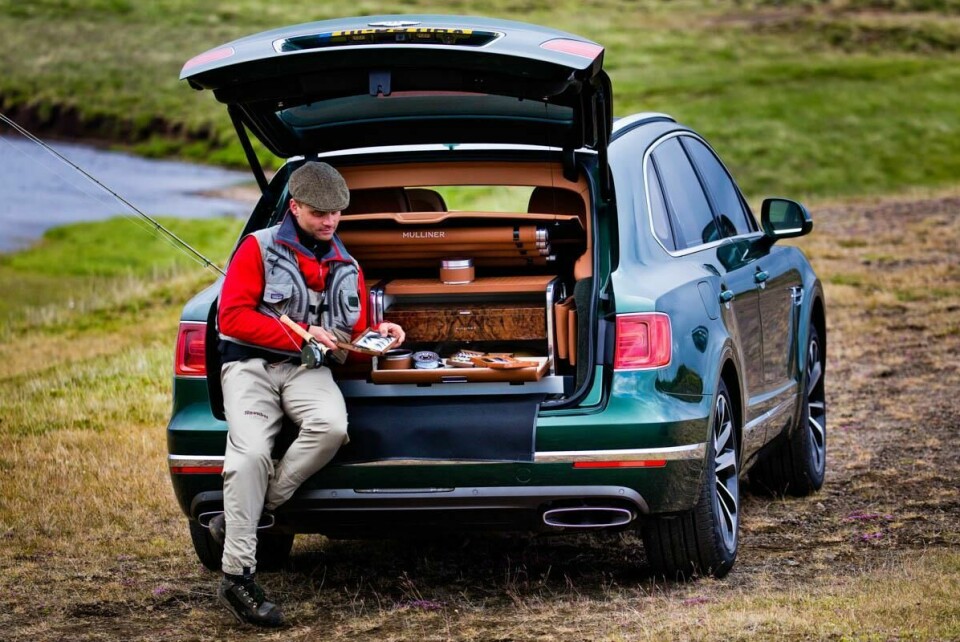
“The input we get always needs analysing and interpreting in the right way and put into the right context,” says Bentley’s Page.
“Design has various touchpoints with marketing, starting with the initial product brief based on research, market input and alignment with the strategy. Ideally, this should be in place before sketching begins,” he continues. “As the design work progresses, we often present it to the markets and dealers. Design leaders need to navigate through this, taking on board relevant input such as what currently sells well and not necessarily what will sell in the future.”
Hull emphasises that a designer always benefits from outside influences: “You don’t want marketing people holding your pencil, but you cannot work in isolation either. You’re not designing for yourself, it’s not a personal ego trip.”
Putting on a clinic
In the process of speaking to different design leaders for this article, one concern continued to crop up: the industry’s tendency towards conformity and a lack of confidence in taking risks. More specifically, that overzealous marketing departments might clip the wings of designers to create inoffensive vehicles that resonate with the masses. But spreading the net so wide can result in bland products.
By contrast, several designers flagged both Hyundai and Kia as examples of a cohesive relationship between design, product devleopment and marketing, recognising that design was able to push the boundaries while hitting its target demographics.

Part of this can come down to casual observations – seeing how owners put shopping into their car – to dedicated customer clinics. “We really try to understand our customers’ lifestyles and react to real-life situations,” notes Hyundai’s Sangyup Lee in this exclusive interview for Car Design Review.
“Sometimes you get to hear customer comments that can give an edge to the design,” agrees Hull. At BMW, says Dukec, “product development is always driven by evidence, data and analysis to minimise risk.” For Bentley, clinics help to gather customer feedback that “often gives information about customer preferences, positioning and price.”
“This kind of collaboration is vital for shaping the products of the future and making sure they embody our brand,” agrees Sielaff. “Therefore, obtaining accurate data from marketing teams across global markets is of utmost importance.”
If sales, marketing and design are not aligned, you can’t deliver the initial story
The takeaway from all this is that no one department should rule the roost. There may be certain hierarchies, sure, but never to the point where conflict or quiet distain seeps in. “When marketing, design and sales don’t work together, you get a really bad result,” says Yichan Chung, chief creative visual & communication designer at GAC. “It’s like when a chef cooks something and the waiter serves a food. If they are not aligned, you can’t deliver the initial story or ‘taste’ that you had in mind.”
It also feels important to note that this was the first time many of our speakers had ever reflected on the dynamic between design and marketing.
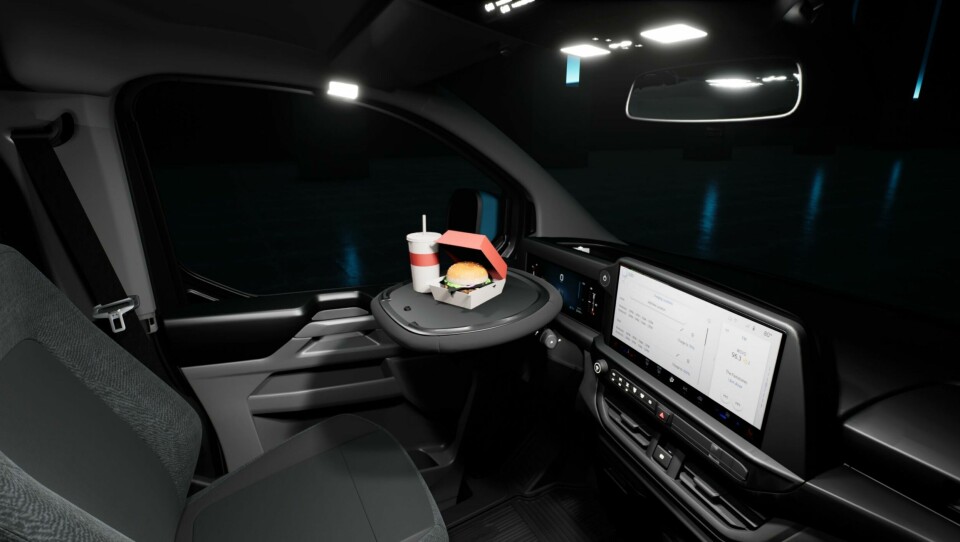
Collaboration is arguably the buzzword of the industry right now but it will be necessary as the challenge of making visually-distinct and technologically-advanced vehicles grows. Electric powertrains, autonomous driving, digital user experiences and designs that capture the spirit of the brand while projecting to the future… If your department can do all that on its own, then all power to you.
Otherwise (and at risk of channelling an inspirational LinkedIn post) it’s time to start breaking down those silos. Coffee, anyone?



